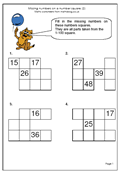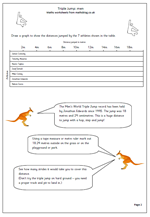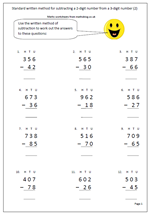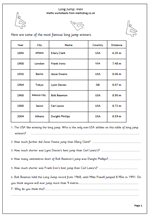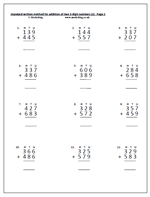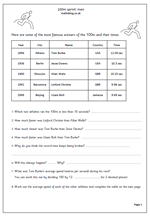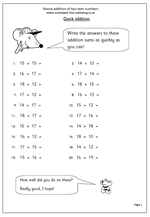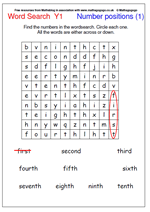This week we are highlighting a Year 2 worksheet on number squares. This is our second in a series for year 2 children where they have to complete the missing numbers in a 100 square. Some of the squares have been removed from the rectangles which, curiously, seems to make this task harder than when working with a complete rectangle. This is good practice for children who are not confident with counting up to 100. Don’t be surprised if children stumble over counting up to 100 out loud. It is something we often take for granted, but of course, has to be learned and many children find it quite difficult, especially when crossing the tens boundaries (e.g. from 79 to 80).
Thanks to URBrainy for letting me use this page. They are by no means the best site around for Key Stage 1 and you can try it out for nothing here.
